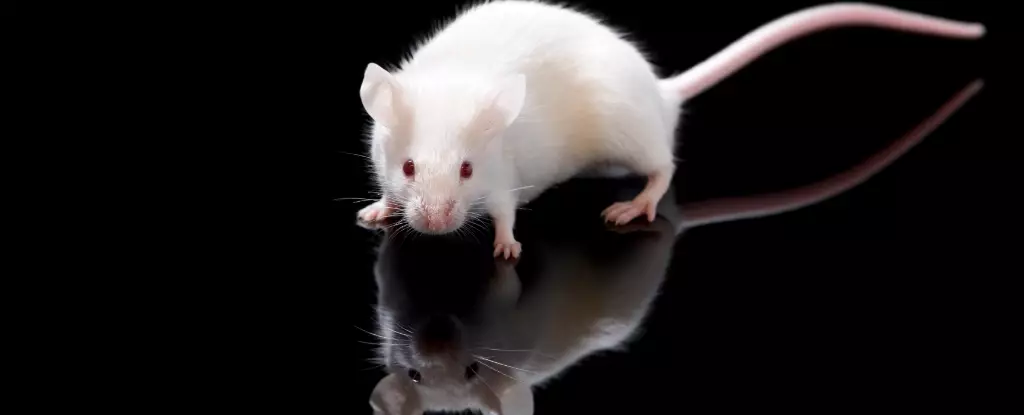The field of biological research has reached new heights with a recent innovative discovery that seems to have been taken straight out of a science fiction novel. Researchers have successfully turned parts of living mice transparent, allowing for a clearer observation of the inner workings of these organisms. This groundbreaking development opens up a world of possibilities for the scientific community to better understand the complexities of biological systems.
Stanford University materials scientist Zihao Ou and his team achieved this remarkable feat by developing a biologically-safe dye that alters the light scattering abilities of cells’ surrounding fluids, making tissues transparent. This dye has the potential to revolutionize various aspects of medical and scientific research, such as improving the visibility of veins for blood drawing, simplifying laser-based tattoo removal, and aiding in the early detection and treatment of cancers.
In nature, some animals like Glass frogs and zebrafish possess naturally transparent biological materials that allow for better visibility of their internal structures. The researchers mimicked this phenomenon by introducing a food-safe dye called tartrazine, which selectively absorbs light of specific wavelengths. This absorption process modifies the refractive index of the fluid surrounding the cells, reducing light scattering significantly and enhancing tissue transparency.
One of the key advantages of the tartrazine dye is its biocompatibility, making it safe for use in living organisms. Additionally, this dye is cost-effective and requires only minimal amounts to achieve the desired results. By applying a mixture of tartrazine and water to mouse skin, the researchers were able to visualize intricate details of blood vessels, organs, and even the contracting muscles of the digestive tract. The transparency effect was temporary and reversible, as the dye could be washed off, allowing the skin to regain its opacity.
The implications of this groundbreaking technology extend beyond biological research, as it highlights the interdisciplinary nature of science. By exploiting fundamental optics principles like the Kramers-Kronig relationship, researchers can pioneer new technologies that have far-reaching impacts, including advancements in biomedicine. While the current study focused on mice, the researchers are eager to explore the feasibility of applying similar techniques to human skin, which is significantly thicker than that of mice.
The development of transparent biological materials through dye technology represents a significant milestone in the field of biomedical research. This innovative approach has the potential to transform the way scientists study and understand living organisms, opening up possibilities for new diagnostic and therapeutic strategies. As researchers continue to push the boundaries of scientific knowledge, the future holds promising prospects for further breakthroughs in the field of biological manipulation.


Leave a Reply